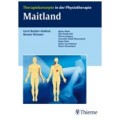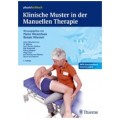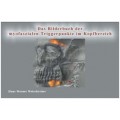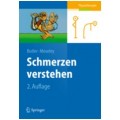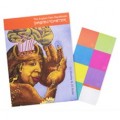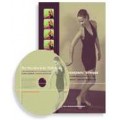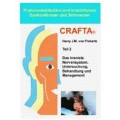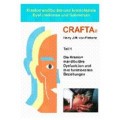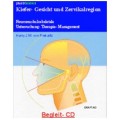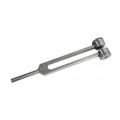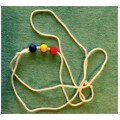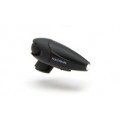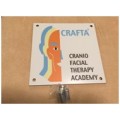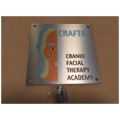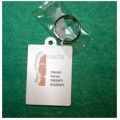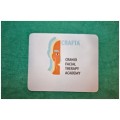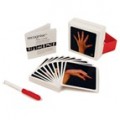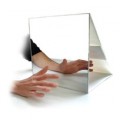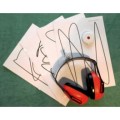Clinical Patterns in Manual Therapy
Westerhuis P., Wiesner R.,
IMTA course hand book Level 2a and b,
2015, Thieme/IMTA, 464 pages, 354 images,
Language English, 20x28x3 cm, colour, hardcover, weight 1480 gram
TN:170032
Fort the generation and testing of hypotheses, the recognition of clinical patterns is an essential skill; it leads to faster physiotherapy diagnosis and qualitatively better treatment results.
Those who recognise clinical patterns in patients with neuromusculoskeletal disorders can identify the sources of structural disorders more accurately and target treatment more specifically. With this book you will learn the patterns of, for example:
- Functional cervical instability
- Lumbar facet syndroms
- Discogenic conditions
- Pattelofemoral pain syndrome
- Cervicogenic headache and much more.
Learn from the professionals. An international IMTA (Maitland Concept) team of authors shows you how to develop your therapeutic skills, e.g. by means of refelction, communication, biomechanic and neurodynamic knowledge.
You will learn how you can differentiate between different pain processes and the consequences this hast o therapy.
You receive presentations of all the clinical patterns, the latest theoretical knowledge and the essential aspects oft he clinical presentation in the history, physical examination and treatment.
The plus: Summaries for quick readers, learning control questions to tst your own knowledge, many links between theory and practice!
Neue Beurteilung
Mein NameMeine Beurteilung Bitte beachten: HTML ist nicht verfügbar!
Bewertung Schlecht Gut
Bitte den angezeigten Code einfügen


